The need for creativity is usually doubtable. Some jobs are seen to be systematic and doesn’t need any creative abilities to perform it. Other jobs that mainly involve design and art creation are thought of as creative in every detail. However, that’s not the nature of things. Any job or activity you are used to do sometimes throws a challenging situation in your way; Doing the same steps doesn’t lead to the same results as you are used to. One of the universal laws is that challenges are brought into your life timeline whether in work or outside of it to let you expand. Maintenance is no exception at any level. However, the window allowed for creative actions shrinks based on the nature of the job and the culture of the organization.
The organization culture and The Maintenance culture
For immature business, the maintenance activities are a set of reactive actions the maintenance team do. That’s where the maintenance team need o to take creative actions to maintain the assets in a productive status at all times. However, those creative actions are all the time linked to a negative event, which is an asset out of production or performing in an unaccepted way. Moreover, this total chaos in the maintenance environment opens the door for irrational actions that might cause a bigger harm. In other words creativity “getting around conventional limits” in solving abnormal maintenance situations might result in a troublesome domino effect to other parts.
The dark side of the story
A great example of this is the fuse in the electrical systems or in the mechanical parts. Those fuses damage when a certain value of mechanical force or electrical power is applied to them. The target from this designed setting value of the fuse is to draw the attention of the maintenance team to a hidden problem. When someone with destructive creativity replaces this fuse with a one of higher potential i.e. it withstands more power or force, the next part in the system will get damaged. This part might be more expensive or needs extended time of disassembly to replace.
In the absence of a frame work i.e. system, any activity relies on the skills of the individual and their reaction to repair the failure or the partial failure. The result is the same problem will be solved differently by different team members. The absence of a framework might create traps in the next time a maintenance team member tries to repair the same equipment. Why? Because his colleague had came up with an innovative solution that he only knows. In such workplaces, usually what is on site has no relation to what is in the original drawings and documentation of the equipment.
That’s the darkest side of the story where there are no framework aka System through which the maintenance team perform. This might happen if all your maintenance works are subcontracted to external resources.
A safe fallback
However, the story might not be that terrifying when the external environmental to the workplace might enforce certain licensing and education for the maintenance team members who perform all or certain jobs. This enforce certain standards or framework for job performance. Then every individual perform the job almost in the same way. Here, you relay on the locally enforced standards as your reference
Or, on the other hand, some matured workplaces have their own standards and framework for performing the jobs. The maintenance team has the skills to perform the standardized procedures or SOP’s of maintenance as written without deviation. In such system, any unprecedent situation implies the team consultation and a supervisor agreement before doing any step not written in their holly book of the procedures.
Here creativity focuses on updating the system not working outside it. One of the very important safety notes I ever heard was: in absence of a safety system, everyone looks after his own safety; It is more dangerous when there is a safety system that everyone bypasses.
Are all maintenance activities open for creativity?
NO. Whether there are a maintenance program with documentation in place or not, some activities need to be done only by qualified team members. You can find a good example for this in the Electric Power Substations that involve high or medium voltage equipment. Also working on pressurized systems as boilers or hydraulic systems involves some risks. So those jobs needs some strict regulations internally to avoid any cascaded or exaggerated damage.
The bright side of the story
But the bright side of the human creativity appears when the maintenance team in those strictly regulated places comes up with better ways of doing the job. That’s where we reach a crossroads. Either the policies allow for submitting proposals to change the system. Then those proposals are studied and the acceptable ones are released for testing then the system is updated with the new creative procedure. Or, There is no channel for proposals submittal and he default reaction for any change proposal is is rejection.
Let us agree that not all maintenance jobs are of this criticality and risk. Many routine jobs has a safe margin to improve in a way that brings added value to the organization. The pivot point lies in how to adopt and apply those new proposals. That’s where comes the the managers role in facilitating the creativity.
The managers role in facilitating creativity
I would like to introduce a new title for the maintenance manager . Let us call him the “System Monk”. The Maintenance Manager is a Functional Manager. He or she is responsible for managing some of the organization resources to perform a certain function. The Function assigned to him is to maintain the assets of the organization performing as intended. Those assets includes employees (his team), budget and equipment. The organization expects him to:
- follow the organization system or framework,
- generate and adopt an internal system for his department,
- match the targets of the two systems together,
- ensure that his internal system is followed by his team -with proves-,
- and lastly, few organization looks for a prove that he updates the system yearly for the best of the whole
His team expects that the system is correct, flexible and is auto updated once they come up with a comment.
The fundamental basics of a maintenance program or system are in this training. JOIN KNOW
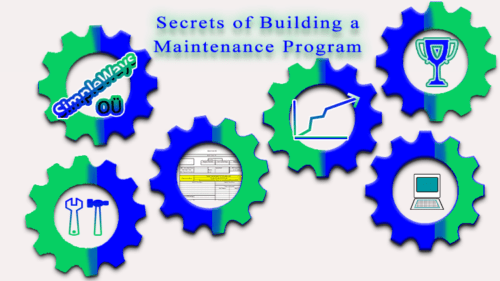
أسس تأسيس برنامج أو نظام الصيانة موجودة في هذا البرنامج التدريبي. إشترك الان باللغة العربية
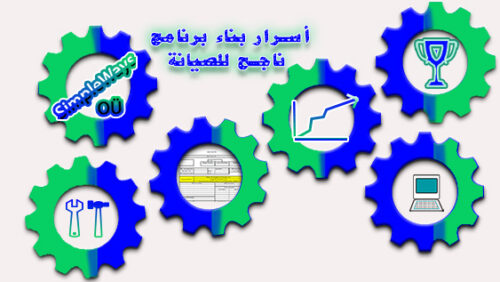
The Manager and The System
That’s a big story but we shall focus here only on how the system controls the irrational actions and supports the creativity. First of all, the manager need to adopt some strategy with vision and mission. Although it should be documented and available, but at least it should be published to your team. They need to know clearly what is accepted and what is not. Moreover, they need to know where to find the answers or whom will provide it if any abrupt situation occurred. The manager need to plan the reaction to those abrupt situations in advance. This can be done by asking some of the “What if” questions. Then he and his team prepare some answers. Some of the “What if’s” include:
- The equipment failed, what is the first response? i.e. the communication plan
- A spare part needed is not in the store
- It is a first time failure
- There is no clear repair procedure for this failure
- Someone wants to do this job differently
- Someone wants to use a different part for repair
The answers to those brain storming questions set the boundaries for the creativity and set the ground rules that we all follow. In other words what jobs the maintenance team member can apply his creativity muscles and when not? This sums up to the clarity needed in the workplace. Things works better when the team feels appreciated for their recommendations and there is no criticism or pulleying in the workplace. Just make sure that the same system applies for all members of the same level and that every responsibility level in your team has its own freedom and limitations to create.
In Conclusion,
The maintenance manager needs to spend some time visualizing the maintenance process in action and to put a lot of “what if” scenarios. The answers to these “what if ” scenarios shape the degree of freedom that he can grant each level of his team. The degree of freedom he grants, reflects the probability of creative proposals that can come up. A listening ear and an open heart are the seals of the deal that fuels the team creativity. Enjoy your coffee taste and warmth, it is a bless..
If you feel you need help with any of these ideas we discussed, request a Management Consultancy or Coaching Services From our Store



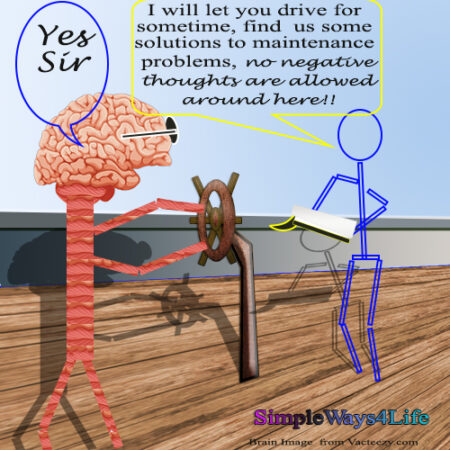

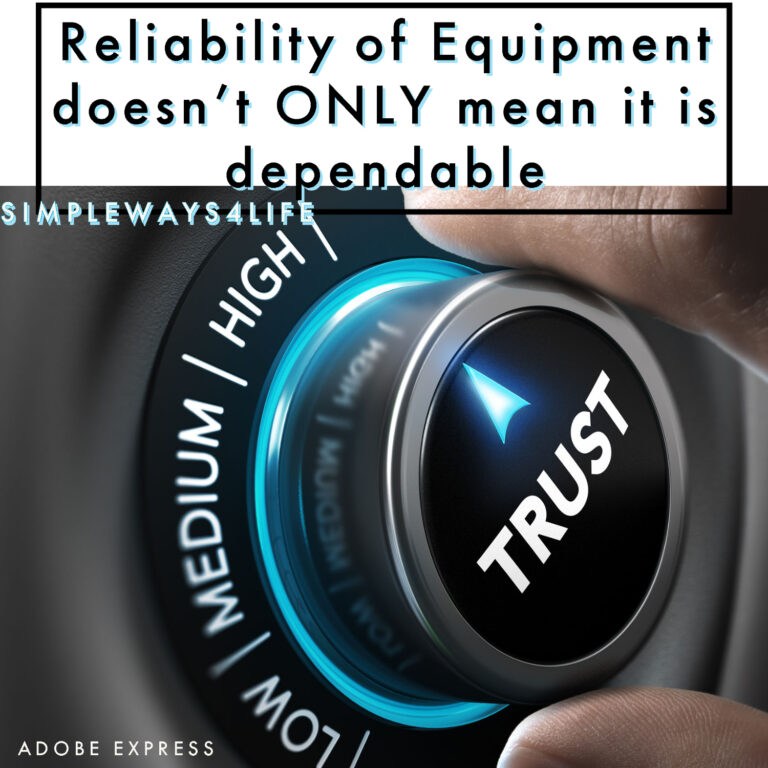
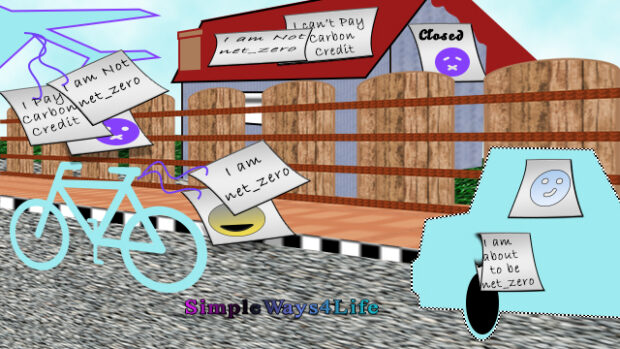
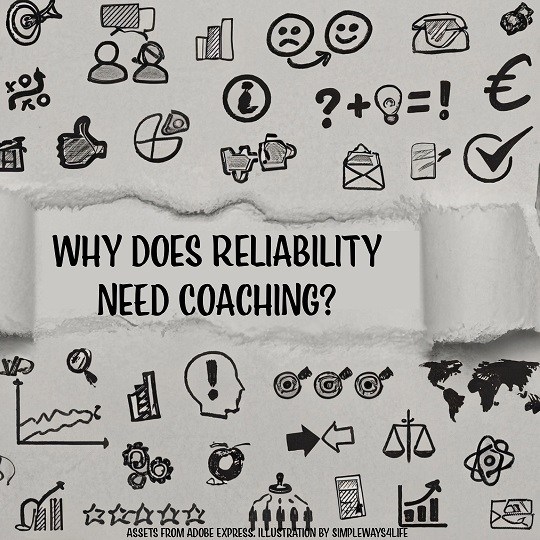
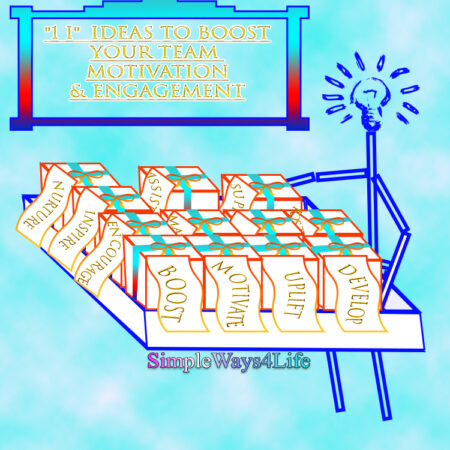
One Comment